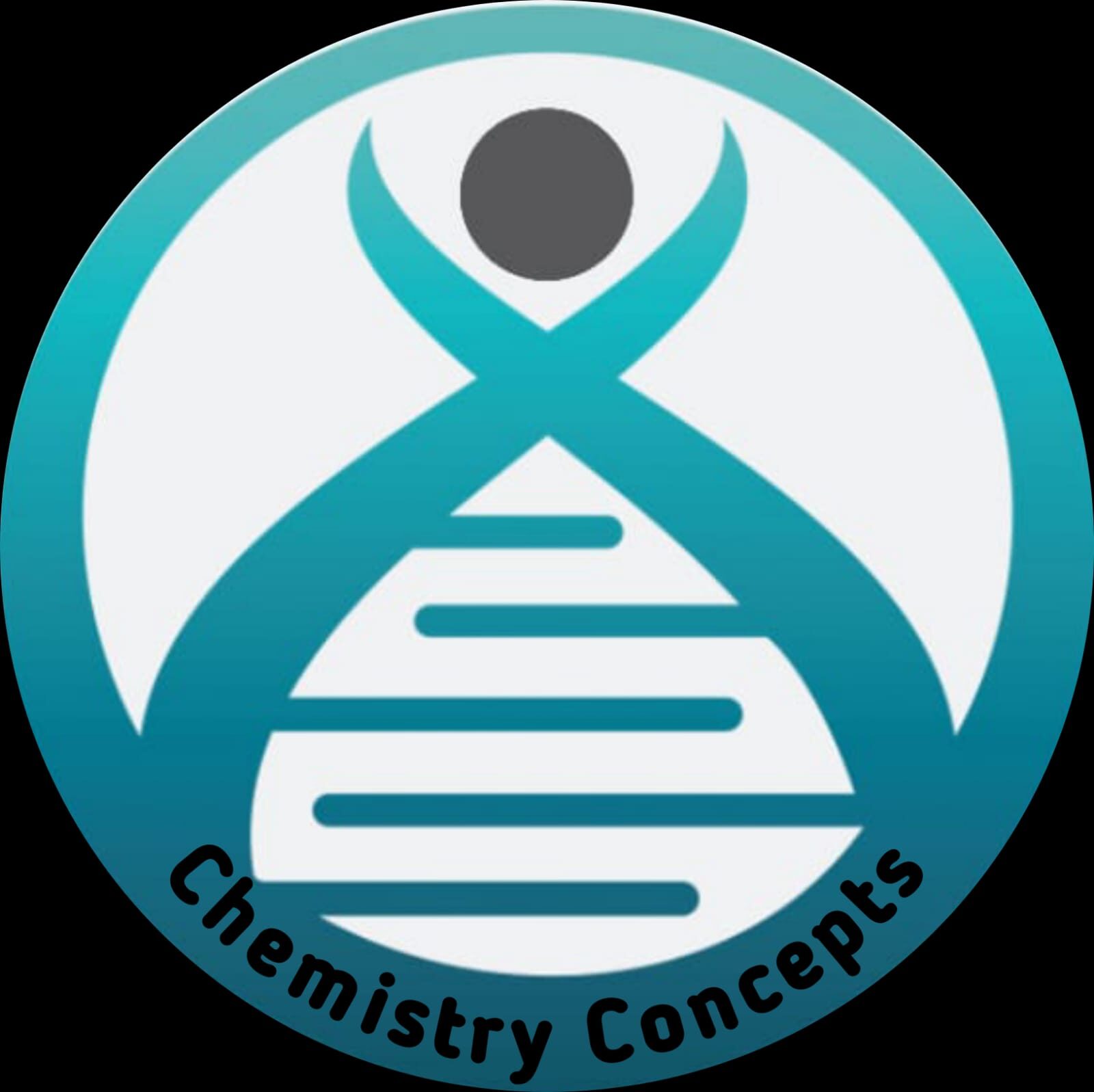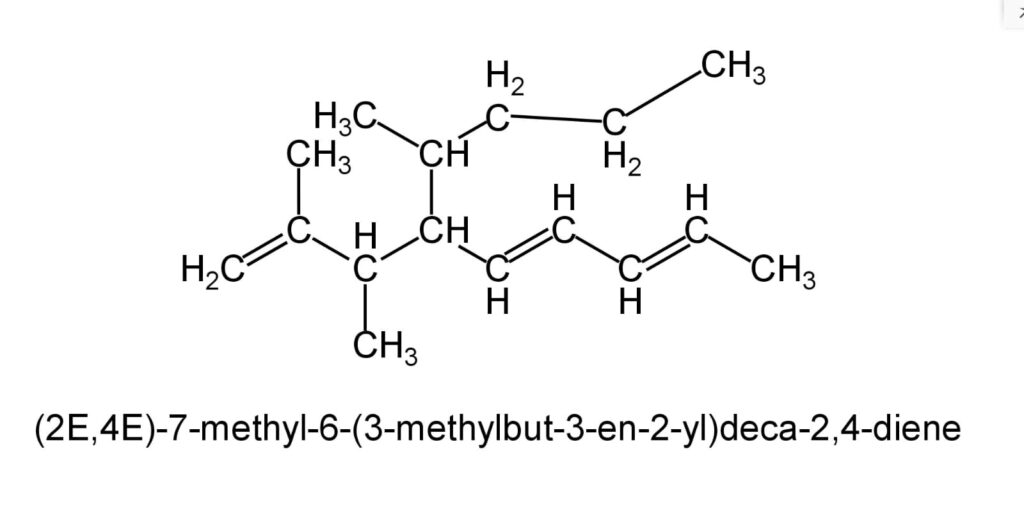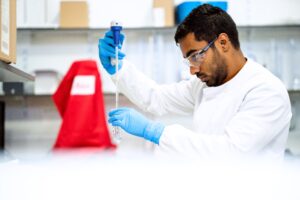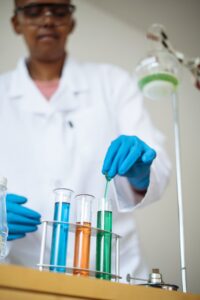Many students find Organic Chemistry to be a complex and challenging subject, but there are resources available to help them understand its numerous concepts. David Klein’s book “Organic Chemistry as a Second Language” is one such resource that can assist students in comprehending the fundamental principles of Organic Chemistry and establishing a strong foundation for further study.
David Klein’s “Organic Chemistry as a Second Language” aims to simplify the process of learning Organic Chemistry. By utilizing straightforward language and practical examples, Klein breaks down difficult concepts into easily digestible parts. The book is divided into two parts, the first of which covers the basic concepts of Organic Chemistry, while the second part focuses on reactions and mechanisms. With this resource, students can overcome the obstacles that Organic Chemistry presents and gain a comprehensive understanding of the subject.
Fundamental Concepts
The first part of the book covers the basics of organic chemistry, including structure and bonding, functional groups, and nomenclature. The author explains each concept in detail, using examples and diagrams to make the information more accessible to students. He also includes practice problems at the end of each chapter to reinforce the concepts learned.
For example, when explaining structure and bonding, Klein uses the analogy of a jigsaw puzzle to illustrate how atoms bond together to form molecules. He then breaks down the types of bonds that can form, including covalent, polar covalent, and ionic bonds, and explains how these bonds affect the properties of molecules.
Reactions and Mechanisms
The second part of the book focuses on reactions and mechanisms, which are crucial for understanding how organic molecules interact and transform. The author covers topics such as acids and bases, substitution and elimination reactions, and addition reactions, among others. Again, he uses real-life examples to make the concepts more relatable, such as explaining how the acidity of vinegar affects the taste of food.
One example of a mechanism covered in the book is the SN2 reaction. Klein explains the steps involved in the reaction, including the nucleophile attacking the electrophilic carbon atom, and the leaving group departing from the molecule. He also includes diagrams and practice problems to help students understand the concept and apply it to other reactions.
Why “Organic Chemistry as a Second Language” is Effective
One of the reasons why “Organic Chemistry as a Second Language” is so effective is that it breaks down complex concepts into simpler, more digestible parts. The author uses everyday examples to make the information more relatable, and he provides numerous practice problems to help students reinforce what they’ve learned.
Additionally, the book emphasizes the importance of understanding the fundamentals of organic chemistry, rather than just memorizing reactions and mechanisms. By building a strong foundation, students can better understand the relationships between molecules and predict how they will interact in different situations.
Conclusion
Organic chemistry can be a challenging subject, but with the right resources, such as “Organic Chemistry as a Second Language,” students can overcome the obstacles and grasp the fundamental principles. The book provides clear explanations, relatable examples, and practice problems to help students build a strong foundation in the subject. By understanding the basics, students can approach more complex topics with confidence and succeed in their organic chemistry studies.




